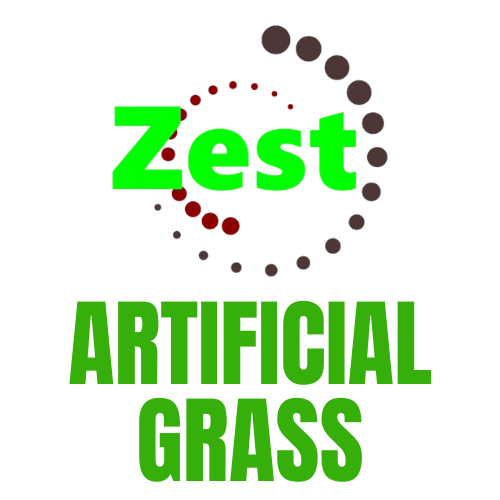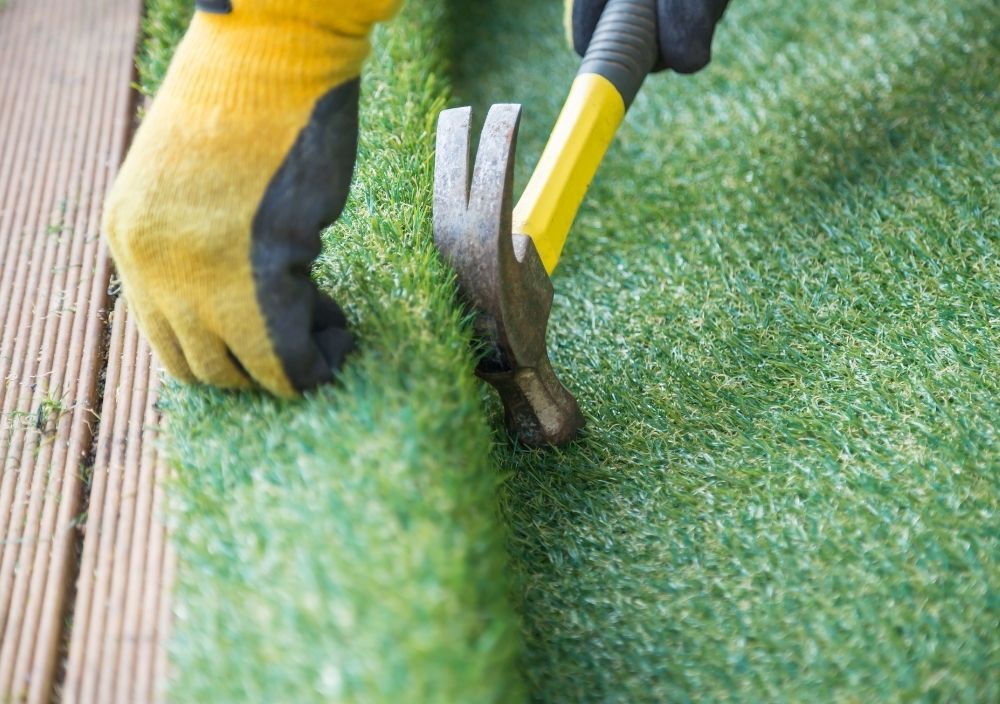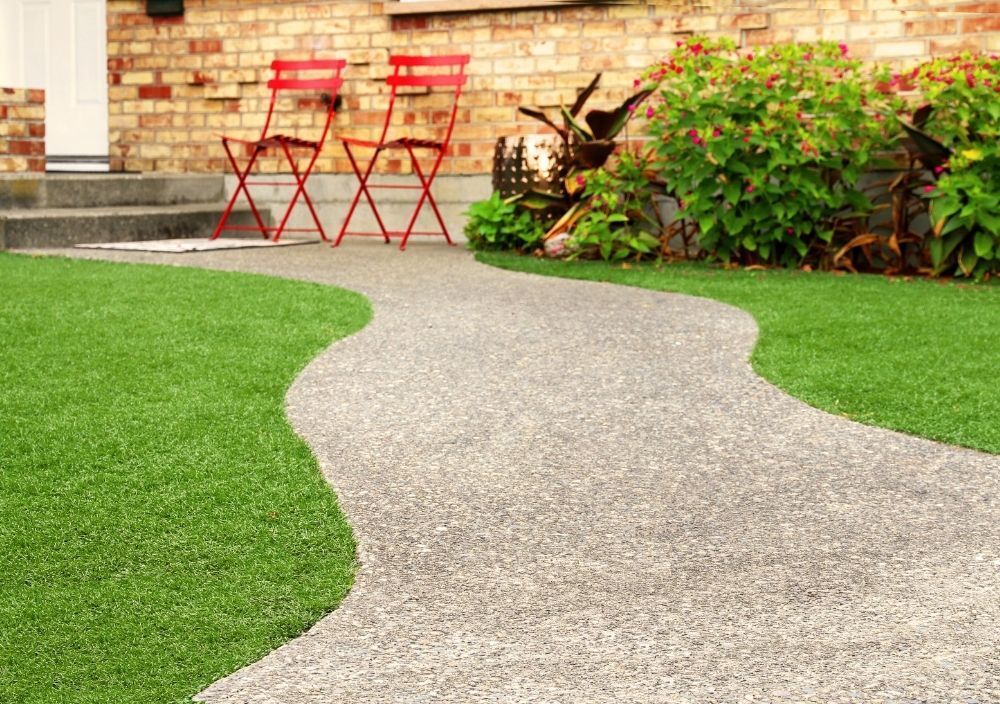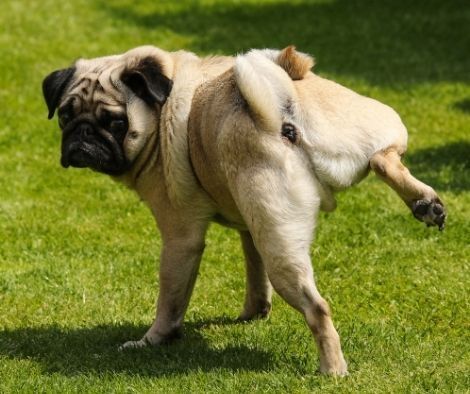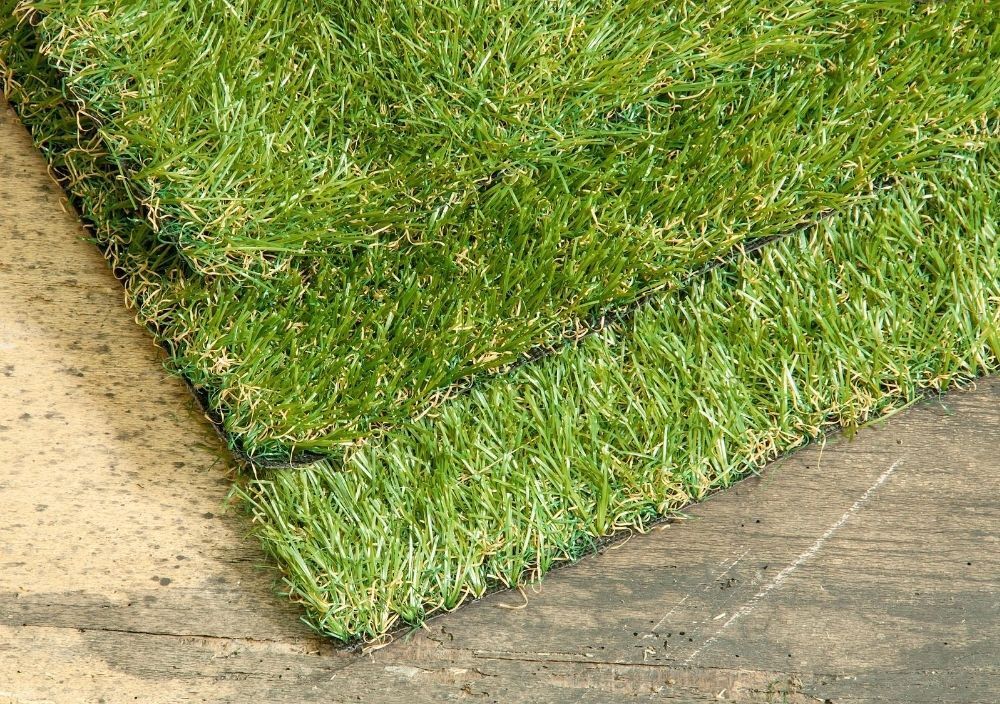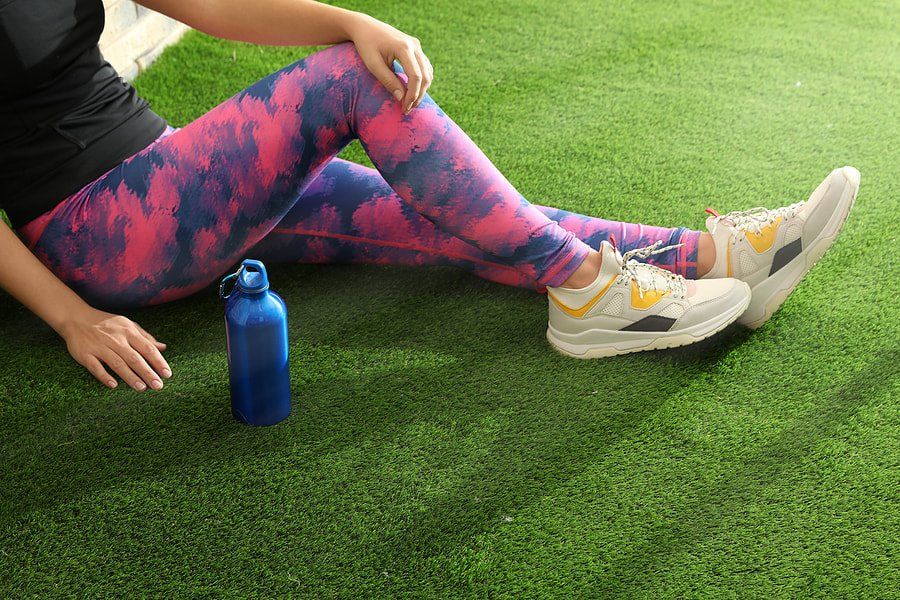Why Choose Artificial Grass?
Currently there is an ever growing selection of artificial grasses to choose from and here at Zest Artificial Grass we are happy to supply and fit a wide selection of
So what do you need to know to help you decide on which artificial grass is best for your needs and your budget? We’ve provided a bit of an overview on artificial grass which we hope will help you when it comes to making your selection.
Artificial grass is made from Nylon, Polypropylene or Polyethylene with Nylon providing the most durable finish and Polypropylene the least so this will make a difference to the price of your grass.
Why artificial grass? Say Goodbye to the Lawnmower and Sprinkler
One of the most obvious differences from one synthetic grass to another is the length of the grass.
The proper term for this is pile height and this can range massively but some manufacturers will also refer to this as simply thickness. Most of the budget range artificial grasses will have a pile height of around 20mm. When you have pile height of 15mm or under, these are likely to be for a more specific sport or leisure purpose such as for an artificial putting green of football pitch. The longest artificial grass ranges will be 40-45mm high. The next factor to look at is something called the grass weight and this is measured and rated by a gram per metre square figure. This is a figure which combines two metrics – it used both the height of the strands as well as how many are in a square meter.
As good example of how these are used would be to compare a sport turf which may have a height of 15mm to a luxury grass with a height of 42mm. Both may have a similar 2900 g/m2 rating so how can this be? Well the sports turf will have more than double the amount of stands compared to the 42mm pile grass. This will enable the sports turf to be much more durable as the individual strands will be packed tightly together.
So clearly another factor will be the durability, or wear rating, of the grass. Generally the higher the g/m2 figures the higher the wear rating as more strands provide a denser turn but be mindful that pile height can also influence this number too.
Another rating many manufacturers are starting to include is a ‘softness rating’ as more people will want to walk barefoot on their lawns and lie down without the need for a rug then a higher softness rating is going to appeal. Finally the other really important factor is how it looks to you. To make artificial grass look authentic many manufacturers have started to include some very fine thinner strands which have a subtle sandy brown thatch intermingled within the longer greener strands and indeed they mimic real turf remarkably well. However, many households will simply want a greener shade so that their fake lawn looks bright, lush and vibrant all year round.
Fake Grass requires little to no maintenance
So this final factor is down to your personal choice. If you’ve heard that there specific pet friendly grasses that is the case to some degree. All artificial grasses are safe for your pets to run and walk on so the when this phrases is banded around it will generally refer to the ability to dog pee to drain away effectively.
It is true that some manufacturers have added more drainage holes to some grasses and label these are being pet friendly but most synthetic grasses can be pet friendly if also layers are well laid in the correct sequence.
This may seem like a lot to take in, however help is at hand. Our team has a wide choice of artificial grass types and we are confident we will be able to supply and fit the perfect artificial lawn for you and your family.
Artificial grass versus real grass?
No mud, looks real and lasts decades
Artificial grass simply takes away all the downsides inherent in natural grass. Nobody at your home will ever have to worry about tracking mud inside again or worry about your dog digging up the lawn. Also, these days you can barely tell that fake grass isn’t natural.
Go on, check out our photos if you don’t believe that fake grass is often indistinguishable from natural turf. Our artificial turf, fake grass, false grass, whatever you want to call it will last for years, probably decades, guaranteed. So fake grass cost is well worth it, especially with us at Zest Artificial Grass where we offer some of the cheapest artificial grasses for the grades available.
Ready for a new artificial grass lawn?
Need help?
Looking for Artificial Grass near me?
Frequently Asked Questions
